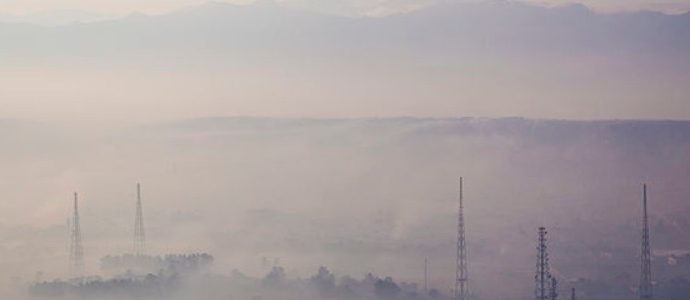Global CO2 Levels Are Now 50 Percent Higher Than Before Industrialization
Atmospheric carbon dioxide levels peaked to an average of over 419 parts per million over the course of May, 50 percent higher than the stable levels that were present before the industrial revolution, and the highest they’ve been in well over 800,000 years. May 2021’s average CO2 levels came in at 419.13read more

